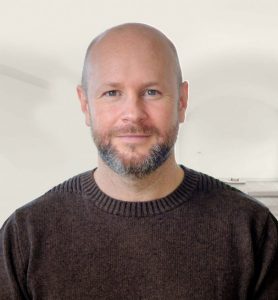This is a famous Buddhist story. Someone is shot with an arrow, and the Buddha then talks about how the arrow that shot them wasn’t the real problem. The real problem was the second arrow.
What’s this metaphor about? Surely the actual arrow is the problem, what’s this second arrow?
Let’s look at a difficult experience. For this example, we’re going to talk about coping with physical pain. But it could be any difficulty, losing your job, relationship issues etc.
There’s the real problem, the physical pain where for example you injure your knee. That’s the first arrow, the real situation. The second arrow is the one that we fire at ourselves. That’s where we go into all this thinking and catastrophizing, and worry and anxiety.
That second arrow, it’s not necessary, we’re causing it ourselves. And in many cases, it’s the more difficult part of the experience.
There is often a phrase you hear, pain is inevitable, but suffering is optional. The pain will be inevitable , we’re gonna go through life and have all these challenges. But how we experience the pain, how we interpret it, how we respond to it is not inevitable. It’s within our sphere of influence. It’s possible to shape things… And this is where mindfulness comes in.
We use mindfulness to go right to the first arrow. We often have difficulty focusing on the first arrow. In the case of physical pain, we tend to ignore the actual pain, we actually don’t really want to look directly at the sensations. We avoid that and switch into thinking…
With mindfulness, we go right into the moment, even if it’s uncomfortable. We try to meet the first arrow, we try to meet the actual experience. And we try to bring acceptance into this. And in that way the secondary arrow, the overthinking, the fear, the catastrophizing is lessened.
Another way of looking at it is that the first arrow in the case of pain is all the raw information that’s coming up to the brain. Whereas the secondary arrow is all of our processing and thinking and gathering memories and worries.
We experience both of these at once, and unless we look carefully we don’t see that there are two different things happening. Pain, and my thoughts about the pain.
How do we actually practice being with the pain? Well, I’ll share that in the next blog.
Until next time…
Keith




